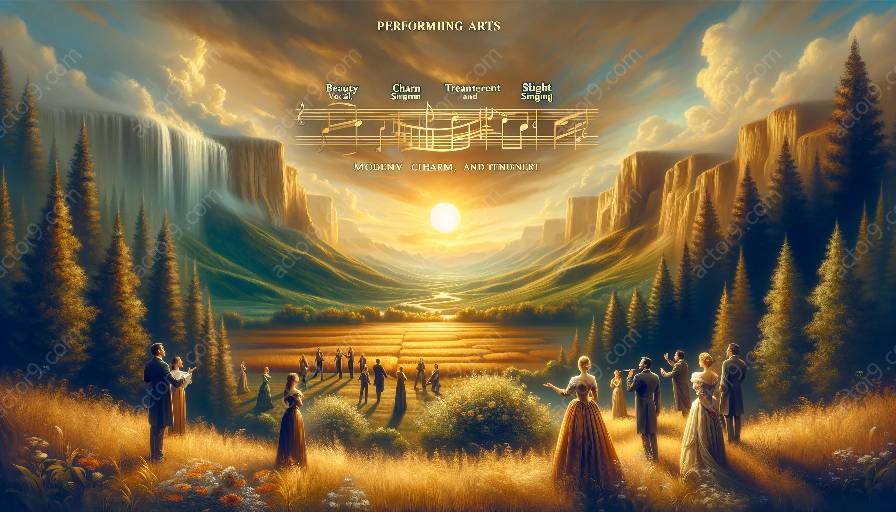Sight singing is the skill of reading and performing music at first sight, without needing to rely on a recorded or memorized version. It forms the foundation of vocal techniques and plays a significant role in vocal performance. To understand how sight singing came into existence and its progressive development, a closer look at its historical foundations is required.
Early Origins
The practice of sight singing can be traced back to ancient civilizations, where oral traditions and vocal music were passed down through generations by listening and imitating. In medieval times, the development of musical notation allowed musicians to notate melodies and create written records of vocal music, laying the groundwork for sight singing.
Renaissance and Baroque Period
The Renaissance period saw a significant advancement in sight singing. Polyphonic vocal music became popular, and composers such as Josquin des Prez and Giovanni Pierluigi da Palestrina created intricate vocal compositions, challenging singers to read and perform music with precision.
During the Baroque period, sight singing techniques continued to evolve as composers like Johann Sebastian Bach composed complex vocal works, demanding singers to master the art of reading music fluently and accurately.
18th and 19th Century
The 18th and 19th centuries witnessed the establishment of formal music education institutions, where sight singing was taught as an essential skill for vocalists. Solfege, a system of sight singing using syllables to represent musical tones, gained popularity, further enhancing the ability of singers to interpret music on the spot.
Modern Era
In the modern era, sight singing remains a fundamental aspect of vocal training and performance, with various methods and approaches developed to improve this skill. Emphasis on sight singing in choral and vocal ensembles has led to the creation of exercises and resources specifically designed to enhance singers' ability to read and interpret music accurately.
Compatibility with Sight Singing Techniques
Sight singing techniques encompass a range of practices and methods aimed at improving one's ability to read and perform music without prior preparation. This includes exercises to enhance pitch accuracy, rhythm recognition, and overall musical fluency. Understanding the historical foundations of sight singing provides valuable insights into the evolution of these techniques and their significance in vocal education and performance.
Compatibility with Vocal Techniques
The compatibility between sight singing and vocal techniques lies in their interconnectedness within vocal training. Sight singing not only cultivates musicianship but also contributes to vocal development by strengthening a singer's ability to comprehend musical structure, intervals, and phrasing. Integrating sight singing with vocal techniques creates a holistic approach to vocal education, enriching the overall musicality and performance of singers.









































